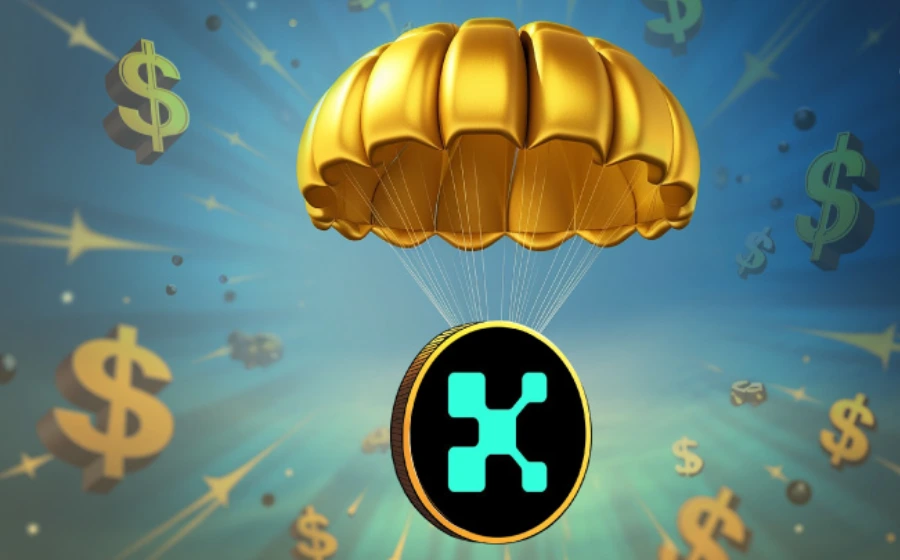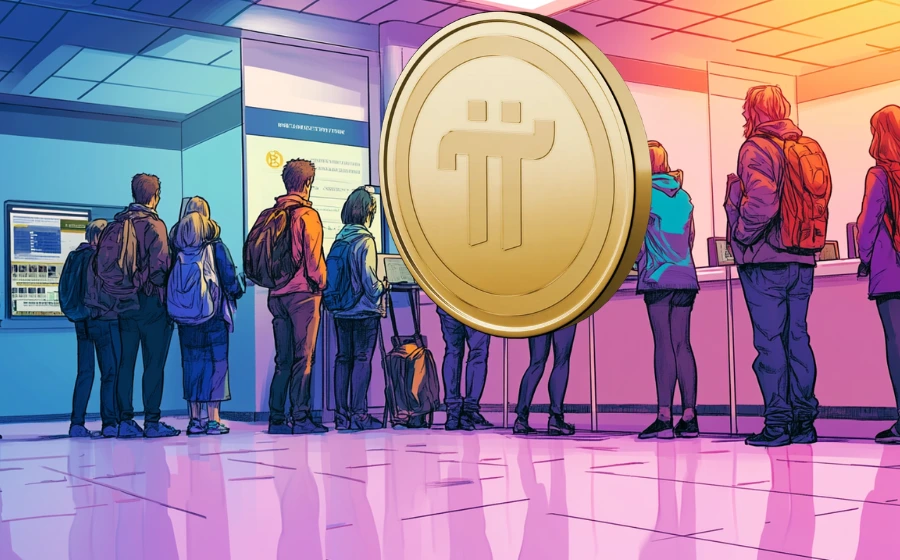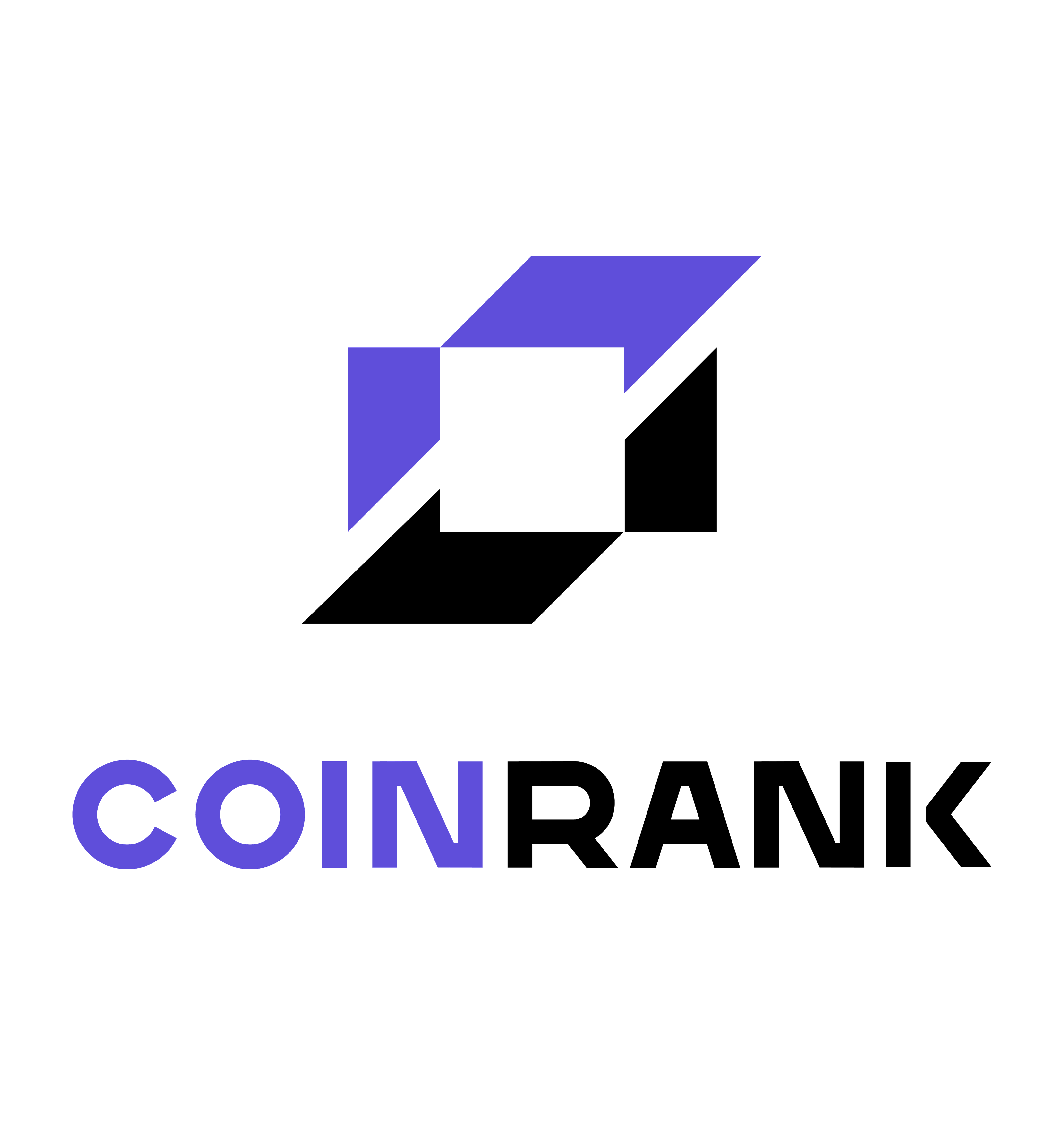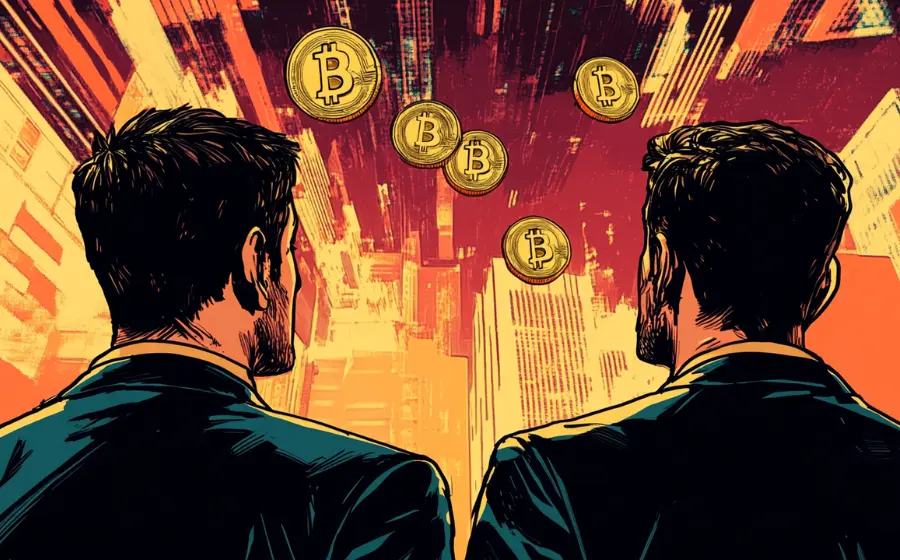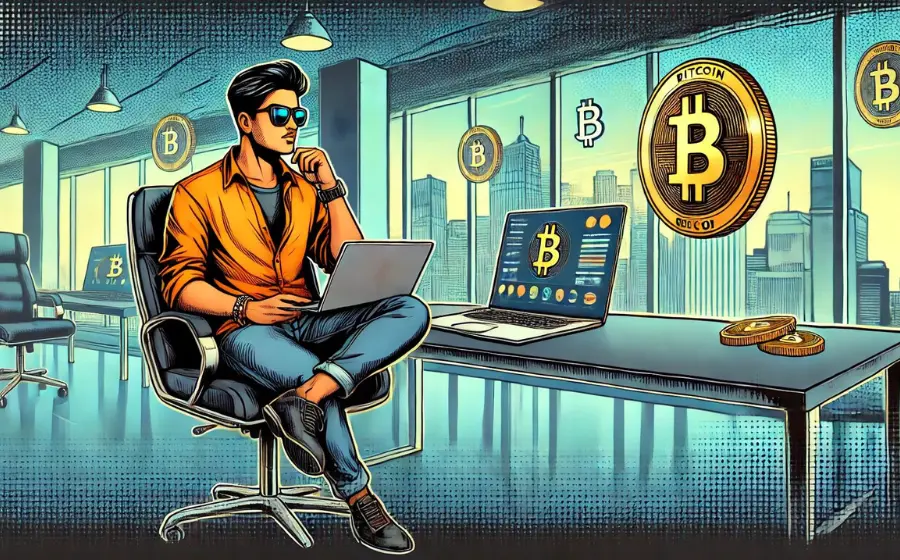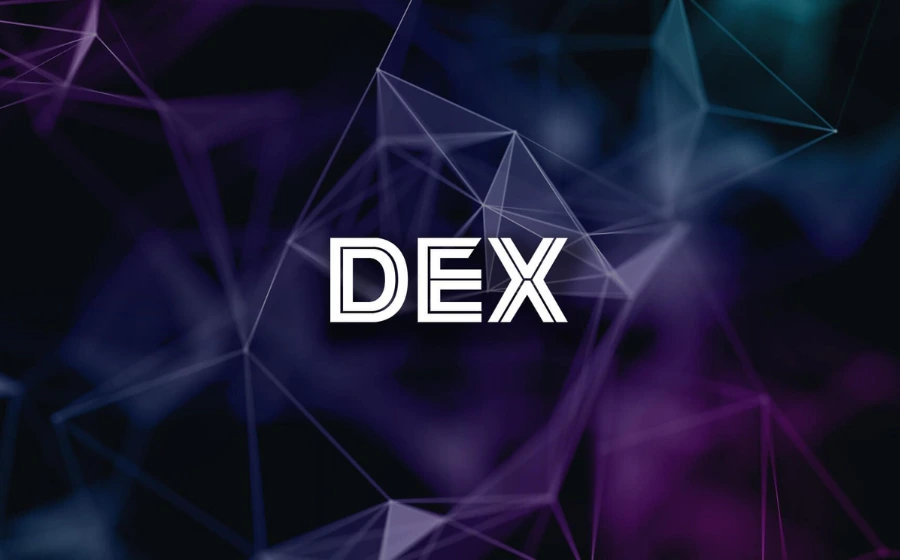
KEYTAKEAWAYS
- Institutional adoption leads 2025's RWA growth, with over 200 active projects and $65B TVL—up 800% from 2023—showing strong momentum across asset types and chains.
- Regulatory fragmentation, smart contract risks, and liquidity gaps still hinder RWA’s mainstreaming, as real-world legal and technical complexity challenges cross-chain asset tokenization.
- China's AntChain and Asia's renewable energy projects pioneer new RWA models—boosting liquidity and global funding via blockchain, stablecoins, and compliant infrastructure bridges.

CONTENT
RWA is reshaping traditional finance with blockchain. From global adoption trends to regulatory challenges, explore how tokenized real-world assets are evolving in 2025 and what’s next.

MARKET OVERVIEW
RWA has evolved rapidly over the past two years. Initially a niche concept, it has now expanded into a sizable market. By Q1 2025, the total value locked (TVL) in RWA surpassed $65 billion—an 800% increase compared to the same period in 2023.
According to BlockData, more than 200 RWA projects were active as of March 2025, up from just 50 in mid-2023. These projects cover financial instruments, physical assets, and carbon credits. Institutional participation has also increased significantly. Over 40 major financial institutions—including Goldman Sachs, JPMorgan, and BlackRock—have invested in or directly engaged with RWA initiatives.
KEY TRENDS
INSTITUTIONS TAKE THE LEAD
Since late 2024, traditional finance institutions have overtaken DeFi-native teams. These institutional projects now hold more than 50% of market share, bringing greater compliance and operational stability.
MULTI-CHAIN EXPANSION
RWA is no longer confined to Ethereum. By 2025, Solana, Polygon, and Cosmos-based RWA projects account for 38% of the market, up from 15% in 2023.
ASSET DIVERSIFICATION
Fixed-income products like U.S. Treasuries still dominate, but new asset classes—such as equities, real estate, and carbon credits—are growing rapidly.
CLARIFIED REGULATIONS
Several jurisdictions have introduced targeted policies for RWA. Hong Kong, Singapore, and the UAE are leading global efforts in regulatory innovation.
RISKS AND CHALLENGES
REGULATORY UNCERTAINTY
The RWA sector still lacks a unified global regulatory framework. In the U.S., the SEC and CFTC have not agreed on how to classify tokens, forcing projects to comply with multiple jurisdictions simultaneously.
In 2025, Dubai-based DMG Token faced legal issues after it pledged the same real estate asset on both Ethereum and Solana. When investors tried redeeming on both chains, only one party held legal ownership. The Dubai court ultimately ordered $47 million in compensation—exposing legal loopholes in cross-chain asset registration.
TECHNICAL SECURITY
Smart contract vulnerabilities and unreliable off-chain data remain major concerns.
In 2024, Centrifuge’s Tinlake protocol suffered a breach. An attacker manipulated repayment data to extract $8.3 million by generating fake repayment records. The platform froze all pools and initiated a full security audit.
LIQUIDITY RISK
The RWA market exhibits liquidity gaps, particularly for retail investors.
In March 2025, RealT’s Detroit property token traded at a 30% discount after quarterly rent reports were delayed. Despite asset stability, poor liquidity prevented investors from exiting positions efficiently.
PROJECT LANDSCAPE: THREE TYPES OF RWA
Not all RWA projects are created equally. Investors must distinguish between genuine initiatives and opportunistic ones. Current projects generally fall into three categories:
Legitimate RWA
These projects tokenize real-world assets under strict regulatory oversight.
- Assets exist off-chain and are legally custodied by financial institutions.
- Token issuance follows guidelines from authorities like the SEC, MAS, or MiCA.
Although they involve higher costs and complexity, these projects offer transparency, authenticity, and security. This report primarily focuses on such examples.
Narrative-Driven RWA
These use the RWA label to attract speculative attention. For instance, a failing listed company may announce plans to tokenize assets and sign partnerships, followed by aggressive media coverage. Often, such efforts are attempts at valuation manipulation rather than real development.
Fringe RWA
In mainland China, some RWAs now tokenize everyday goods—such as liquor, green tea, or machinery rental rights.
One project tokenized grape redemption rights. Buyers did not hold debt or equity but were betting on a good harvest. If weather or yield disappoints, how is token value determined? This introduces valuation uncertainty.
Other projects claim their tokens are backed by commodities, promising future returns. However, due to a lack of licensed custodians and retail compliance, such models risk being classified as illegal fundraising.
CASE STUDY: CHINA’S ANTCHAIN INITIATIVE
AntChain focuses on renewable infrastructure. It tokenizes physical assets like EV charging stations and solar panels to enable cross-border financing and liquidity.
Its “Two-Chains-One-Bridge” structure works as follows:
- The asset chain uploads operational data from hardware in real time.
- The trading chain, built within Hong Kong’s Ensemble sandbox, enables compliant trading using CNH and HKD stablecoins.
- Cross-border flow is achieved through AntChain’s bridge technology.
Several pilot cases have launched. GCL New Energy raised $28 million in 48 hours by tokenizing an 82MW solar plant. Langxin’s charging station RWA raised $14 million in offshore capital. A battery-swap network involving 4,000 cabinets now sees over $2.8 million in daily tokenized volume. These results show a 300% liquidity boost, with annualized returns reaching 5–8%.
THE COMPLIANCE DILEMMA
Due to strict KYC/AML requirements, many RWA projects limit participation based on location and investor profile. This contradicts RWA’s mission of broad access and results in institution-driven ecosystems. To achieve mass adoption, RWAs must balance compliance, decentralization, and user experience—like how ETFs democratized finance.
So far, tokenized U.S. Treasuries and equities lead the market. But these are traditional assets in digital form. The real opportunity lies in illiquid, hard-to-value assets. Blockchain tools can unlock their potential and connect them to DeFi ecosystems.
CONCLUSION
As global finance demands more efficient and transparent systems, RWA has become a central force in reshaping traditional markets. From tokenized Singapore REITs to African farmer invoices, use cases have expanded well beyond conventional asset types.
In Asia, solar projects raised millions within hours. In Hong Kong, stablecoin settlements now clear in under four hours. These innovations are pushing traditional finance to evolve its valuation frameworks.
Nonetheless, challenges remain. Regulators still juggle innovation and risk. U.S. agencies remain strict, while Hong Kong adopts a sandbox approach—creating regulatory fragmentation. Technical risks also persist, including delayed oracle feeds and cross-chain vulnerabilities.
Yet disruption often thrives amid uncertainty. When firms tokenize rental yields and sovereign funds automate ESG strategies via smart contracts, financial power structures begin to shift.
Cross-chain, compliant infrastructure firms may emerge as the “digital Goldman Sachs” of tomorrow. For everyday investors, the key is not chasing single projects, but identifying new protocols that build lasting consensus. In the value-driven internet era, true moats are built on community trust—not just code.
